1. Smart Street Lighting

Smart street lighting is transforming urban landscapes, thanks to advancements in motion sensor technology. These lights are designed to reduce energy consumption by dimming when no one is nearby and automatically brightening when motion is detected. The technology also allows for remote control, ensuring that lighting can be adjusted as needed for safety and convenience. This flexibility not only cuts costs but also contributes to sustainability efforts in cities around the world.
According to Forbes, smart street lights are a key component of the push toward creating “smart cities,” which integrate technology to improve the quality of life. In addition to energy savings, they can enhance public safety by improving visibility in areas that might otherwise be poorly lit. With their ability to be monitored and adjusted remotely, these systems can be optimized for real-time needs, further reducing waste. As cities adopt these systems, they also contribute to broader environmental and urban planning goals.
2. Electric Vehicle Charging Stations
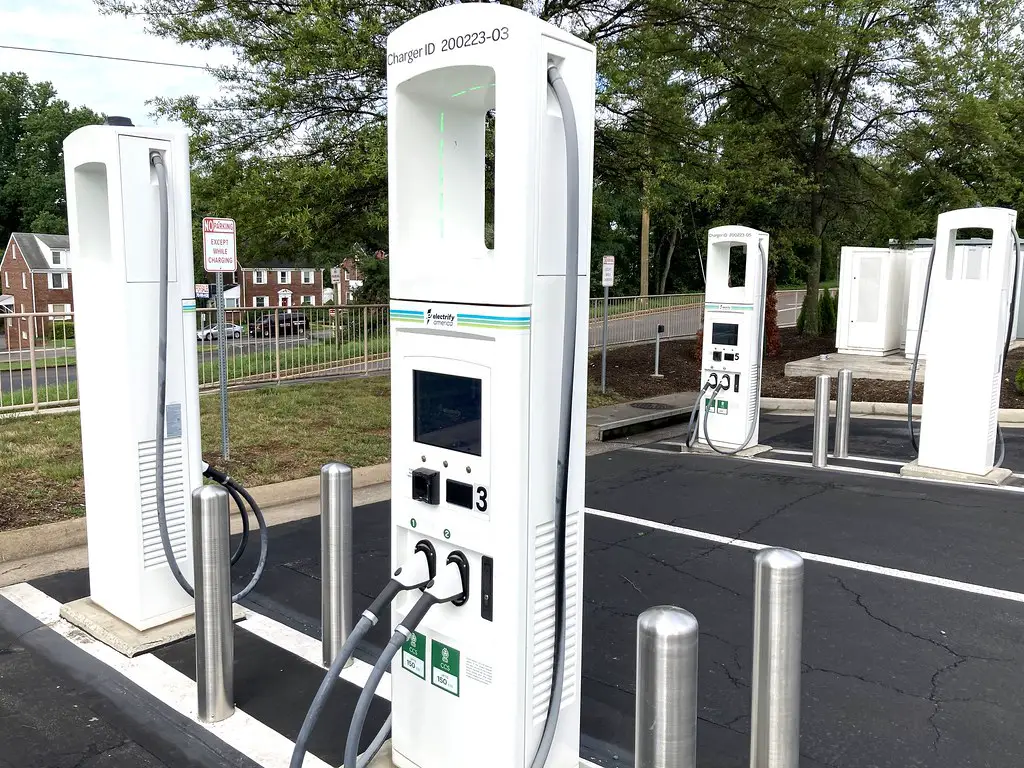
As the popularity of electric vehicles (EVs) continues to rise, the need for widespread charging infrastructure is becoming more apparent. EV charging stations are increasingly being integrated into neighborhoods, located in public spaces, parking lots, and even on streets. This expansion makes EVs more accessible, reducing barriers to adoption. According to The New York Times, this trend is part of a larger movement to support a sustainable, green future by making it easier to charge electric cars.
The development of these stations not only supports eco-friendly driving but also promotes a more car-friendly infrastructure, catering to urban commuters and suburban residents alike. These charging points are often placed in high-traffic areas, making them convenient for residents and visitors. With the increase in electric vehicle use, the demand for such stations will only grow, prompting cities to expand and enhance the network. By prioritizing these stations, cities can further reduce their carbon footprint and help build a future where electric vehicles are the norm.
3. Vertical Gardens and Green Walls
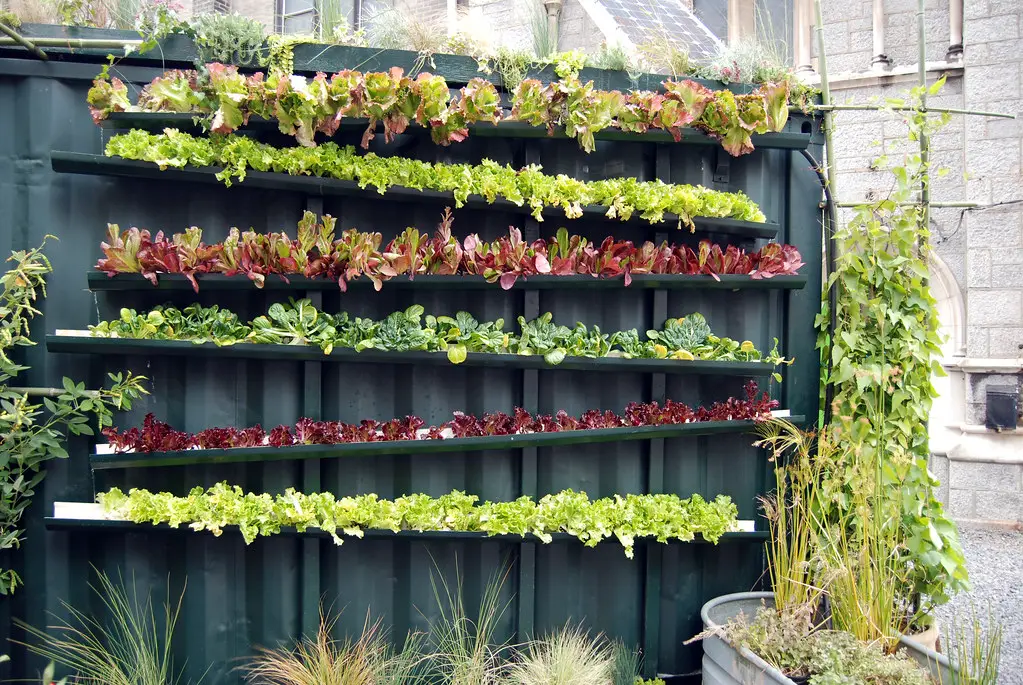
Vertical gardens, also known as green walls, are gaining popularity in urban areas due to their aesthetic and environmental benefits. These plant-covered structures are being integrated into buildings and public spaces to enhance the look of a neighborhood while improving air quality. According to National Geographic, green walls help to absorb pollutants and reduce the heat island effect, which is especially crucial in densely populated urban areas. They also provide insulation, keeping buildings cooler in summer and warmer in winter, thus reducing the need for air conditioning and heating.
Besides their ecological impact, vertical gardens are visually striking, bringing a modern and eco-friendly vibe to any space. These walls are particularly useful in cities with limited green spaces, offering a creative solution to urban environmental challenges. Furthermore, the inclusion of plants contributes to biodiversity by providing habitats for birds and insects. In addition to their environmental benefits, vertical gardens create an enjoyable and tranquil atmosphere in otherwise urbanized spaces.
4. Autonomous Delivery Zones
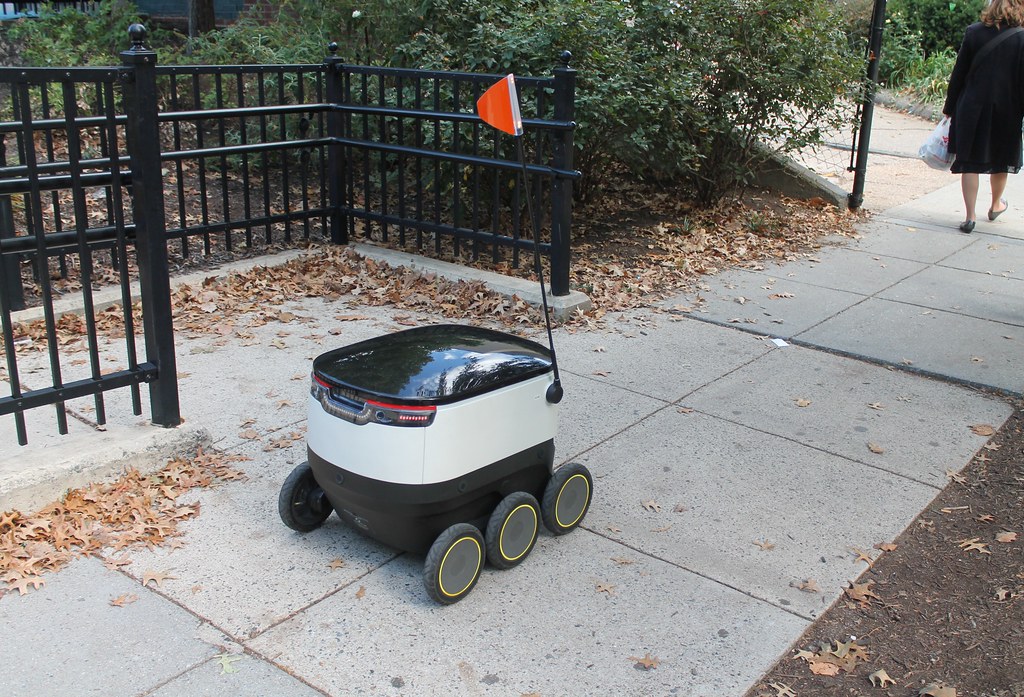
Autonomous delivery vehicles and drones are on the rise, prompting the need for designated zones in neighborhoods to ensure smooth operations. These zones allow self-driving vehicles to safely and efficiently deliver packages without disrupting pedestrian or cyclist traffic. According to TechCrunch, such innovations are revolutionizing the logistics industry, offering faster, more efficient delivery methods that reduce carbon emissions. The introduction of these zones also promotes safety by creating clear, designated spaces for autonomous vehicles to operate, away from areas with high human activity.
This planning allows for seamless integration of new technologies into communities while minimizing disruptions. In addition to package deliveries, autonomous vehicles could also provide a solution for last-mile deliveries, particularly in busy urban centers. By providing these zones, cities can support innovation while also prioritizing the safety and efficiency of their transportation systems. As the technology develops, these zones could be expanded to accommodate a broader range of autonomous vehicles, further enhancing urban infrastructure.
5. Sustainable Community Hubs
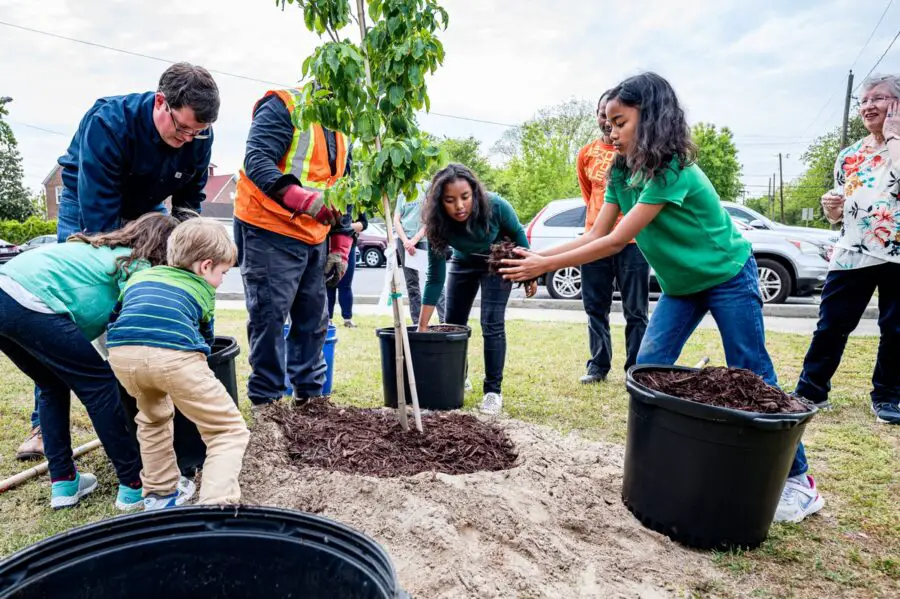
Sustainable community hubs are becoming central to neighborhood development as cities strive to build greener, more socially inclusive spaces. These hubs often feature green roofs, solar panels, and rainwater harvesting systems, making them models of environmental sustainability. According to Green Building Advisor, these multi-use centers provide residents with spaces for socializing, fitness, education, and even remote work, all while minimizing their environmental impact. The focus on sustainability extends beyond energy efficiency to include community-building efforts, such as offering spaces for local farmers’ markets or art shows.
These hubs encourage collaboration among residents and provide a place for people to engage in activities that benefit both their well-being and the environment. Additionally, these spaces can play a key role in creating more resilient communities by serving as centers for disaster preparedness and relief efforts. With their emphasis on green building practices, sustainable community hubs exemplify how urban spaces can evolve to be more eco-friendly and supportive of local needs. These hubs also serve as living examples of how communities can thrive in a sustainable, low-impact environment.
6. Futuristic Playgrounds

Modern playgrounds are evolving into interactive spaces that blend technology with physical activity, creating an exciting and educational experience for children and adults alike. These play areas are being equipped with augmented reality (AR) games, fitness zones, and smart equipment that adapts to users’ movements. According to The Guardian, futuristic playgrounds foster physical activity in a fun, engaging way, encouraging children to be active while also learning through technology. These spaces are designed to promote outdoor play, social interaction, and cognitive development, integrating tech to offer a mix of traditional and modern play experiences.
For example, some playgrounds feature equipment that responds to the players’ actions through light or sound, enhancing the sensory experience. Additionally, fitness zones are often included, where both children and adults can engage in exercise routines using interactive equipment that tracks progress. By incorporating elements of both physical activity and digital innovation, these playgrounds offer an exciting way for communities to engage with the latest technologies while staying active. As more neighborhoods embrace these innovative play spaces, they help foster healthier lifestyles and encourage creative learning in children.
7. Hyper-Connected Public Wi-Fi
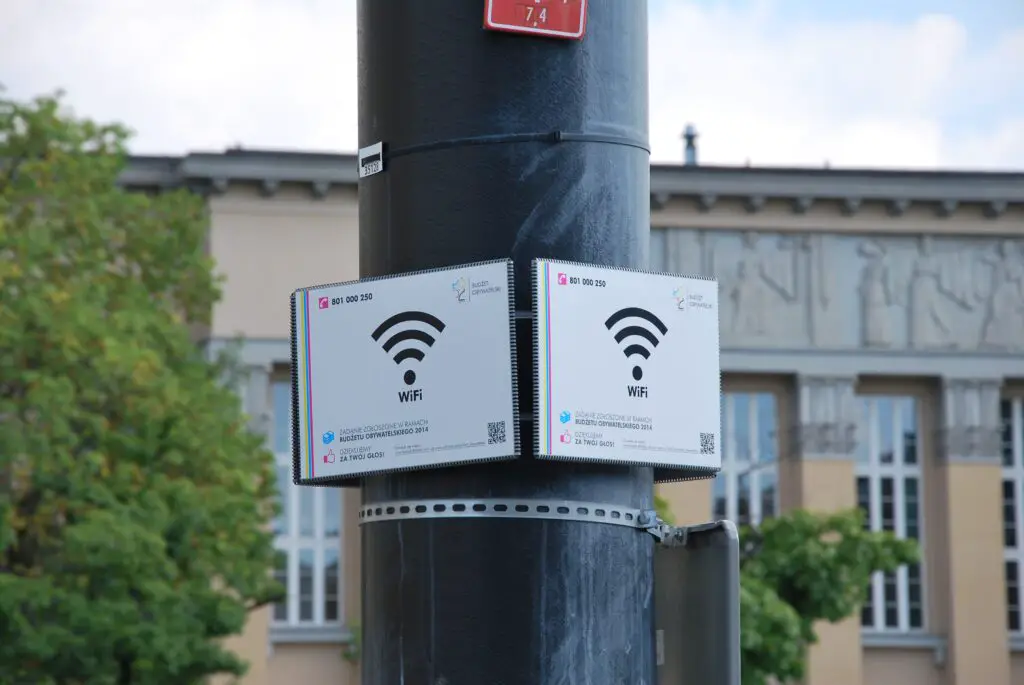
The expansion of public Wi-Fi networks is transforming how communities access digital services in public spaces. Wi-Fi is now being integrated into streets, parks, and even public transportation systems, providing uninterrupted connectivity across neighborhoods. According to Wired, this hyper-connected infrastructure supports the growing number of smart devices in urban spaces and enables seamless digital experiences for users, whether they are at home, work, or on the go. The introduction of public Wi-Fi networks helps bridge the digital divide by ensuring that even underserved communities have access to the internet.
This connectivity is crucial for a range of activities, from accessing information to participating in the digital economy. With the increasing reliance on smart devices, public Wi-Fi is becoming a vital resource for both residents and visitors, ensuring that they remain connected to essential services and entertainment. Moreover, these networks contribute to creating smart cities, where technology is integrated into everyday life to improve efficiency and quality of life. As cities continue to expand these networks, public Wi-Fi will become a cornerstone of urban digital infrastructure.
8. Shared Micro-Mobility Services

Shared micro-mobility services, such as electric scooters, bikes, and small autonomous shuttles, are rapidly becoming essential components of urban transportation networks. These services provide residents with convenient, eco-friendly transportation options for short trips, reducing reliance on cars. According to The Verge, the rise of shared micro-mobility options is part of a broader push toward sustainable urban mobility that reduces congestion and lowers emissions. By offering easy access to vehicles that can be rented on-demand, these services help reduce the need for private car ownership and improve transportation efficiency.
With a network of shared scooters and bikes, neighborhoods can become more walkable and connected, providing residents with flexible and affordable commuting options. These services also cater to a range of mobility needs, from quick errands to leisure rides. As cities embrace these micro-mobility solutions, they help create more sustainable urban environments that prioritize people over cars. The expansion of these services is expected to continue as demand grows for environmentally friendly and convenient modes of transport.
9. Advanced Recycling Systems

High-tech recycling systems are being adopted by communities to streamline waste management processes and increase recycling rates. These systems include innovations such as underground waste bins that are equipped with sensors to monitor fill levels and AI-powered sorting facilities that automatically separate recyclable materials. According to The World Economic Forum, these advancements are key to reducing landfill waste and improving the efficiency of recycling operations. These smart systems help cities manage waste more effectively by ensuring that materials are sorted and disposed of correctly, reducing contamination and improving the quality of recyclables.
As waste management becomes more complex, the use of technology ensures that the process remains efficient, even in densely populated urban areas. Advanced recycling systems also help reduce costs associated with landfill waste, benefiting both the environment and local economies. The integration of such systems into neighborhoods not only contributes to sustainability but also encourages residents to be more mindful of their waste disposal habits. With the potential to revolutionize recycling efforts, these technologies are shaping the future of waste management in cities.
10. Energy-Positive Homes
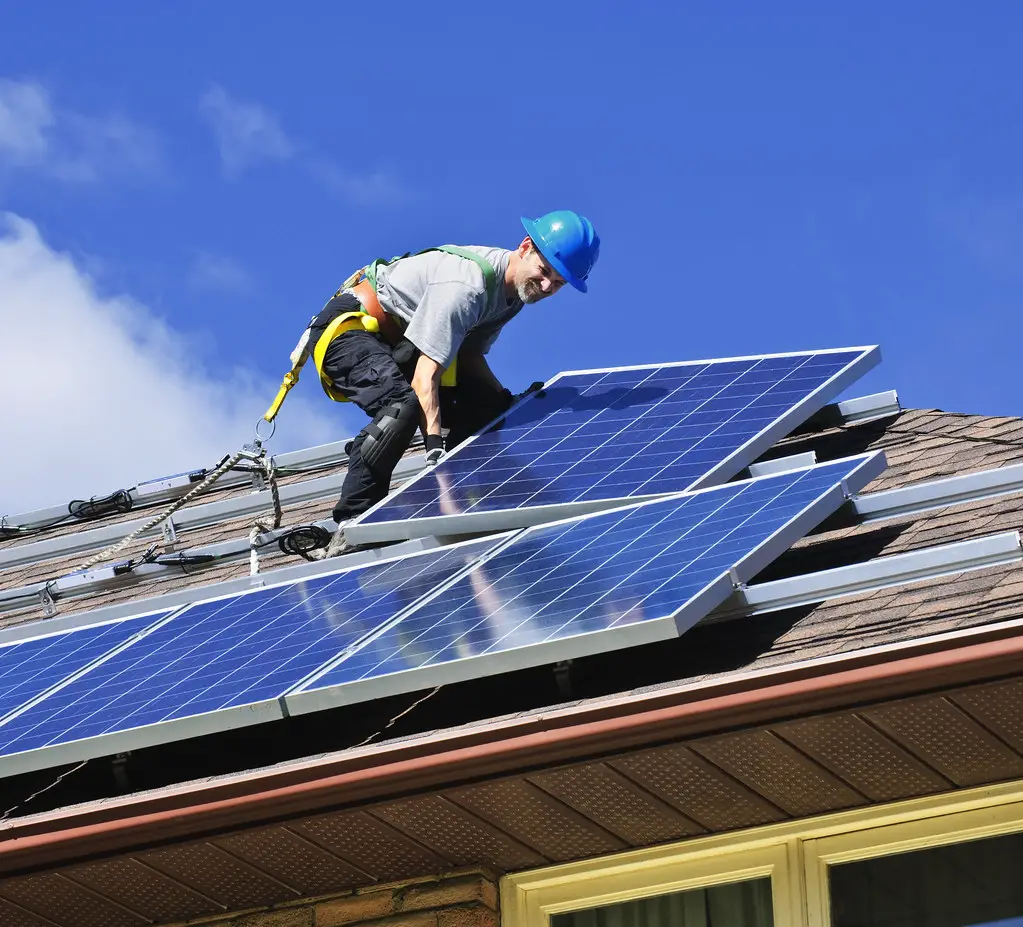
Energy-positive homes are an emerging trend in sustainable neighborhood development, designed to produce more energy than they consume. These homes are equipped with solar panels, energy storage systems, and highly efficient insulation that reduce the need for external energy sources. According to Energy.gov, energy-positive homes contribute to the grid by generating excess energy, which can be redistributed to other homes in the area. By producing their own power, these homes help reduce dependence on fossil fuels and lower greenhouse gas emissions.
Additionally, they offer long-term cost savings for residents by reducing energy bills. These homes often incorporate smart home technologies that optimize energy usage, further improving their environmental impact. With the global focus on combating climate change, energy-positive homes offer a practical solution to reducing carbon footprints while promoting energy independence. As the number of energy-positive homes grows, they set the standard for future housing developments that prioritize sustainability and environmental responsibility.
11. Integrated Walking and Biking Paths
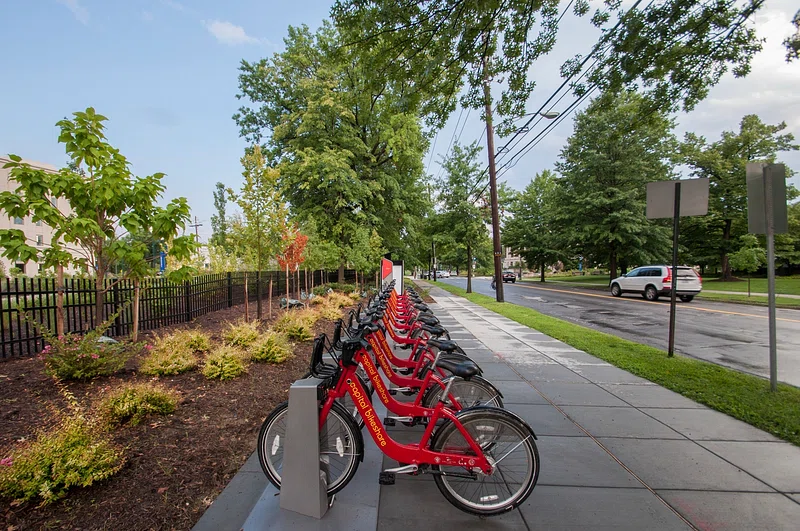
Integrated walking and biking paths are essential features of modern neighborhoods that prioritize health, sustainability, and convenience. These dedicated paths create car-free zones that make it easier for residents to walk or bike without the stress of traffic. According to The Guardian, such infrastructure not only promotes physical activity but also contributes to cleaner air and reduced carbon emissions. With neighborhoods focusing on accessibility and sustainability, these paths encourage residents to opt for active transportation methods rather than relying on cars.
These paths often connect key areas within a community, such as schools, parks, and shopping centers, making it easier to navigate the neighborhood without a vehicle. As cities embrace walkable and bikeable designs, they create healthier, more sustainable urban environments. The inclusion of these paths also fosters a sense of community, as people are encouraged to interact with their surroundings and one another. With the growing focus on sustainable urban planning, integrated walking and biking paths are becoming a central feature of neighborhood development.
12. Dynamic Parking Systems
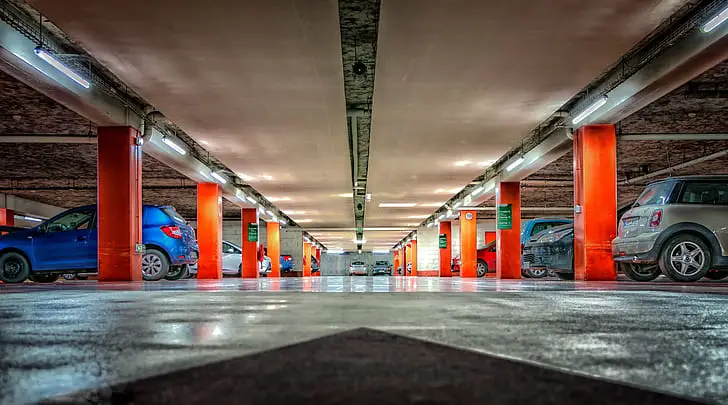
Parking systems are evolving to meet the demands of modern cities, with smart solutions designed to make parking more efficient. Dynamic parking systems use sensors and real-time data to guide drivers to available parking spaces, reducing the time spent circling for a spot. According to TechCrunch, these systems are part of a broader effort to modernize urban infrastructure by improving the efficiency of parking and reducing congestion. By offering real-time updates on parking availability, these systems help drivers find spaces faster, making urban areas less frustrating to navigate.
Additionally, some neighborhoods are repurposing unused parking spaces for community amenities such as parks, gardens, or bike racks. This shift helps optimize urban land use, ensuring that spaces are used more creatively. As parking management continues to evolve, these systems will likely play a key role in creating smarter, more sustainable cities. By reducing the amount of time spent searching for parking, dynamic systems also lower emissions, contributing to a cleaner urban environment.
13. Urban Farming Initiatives
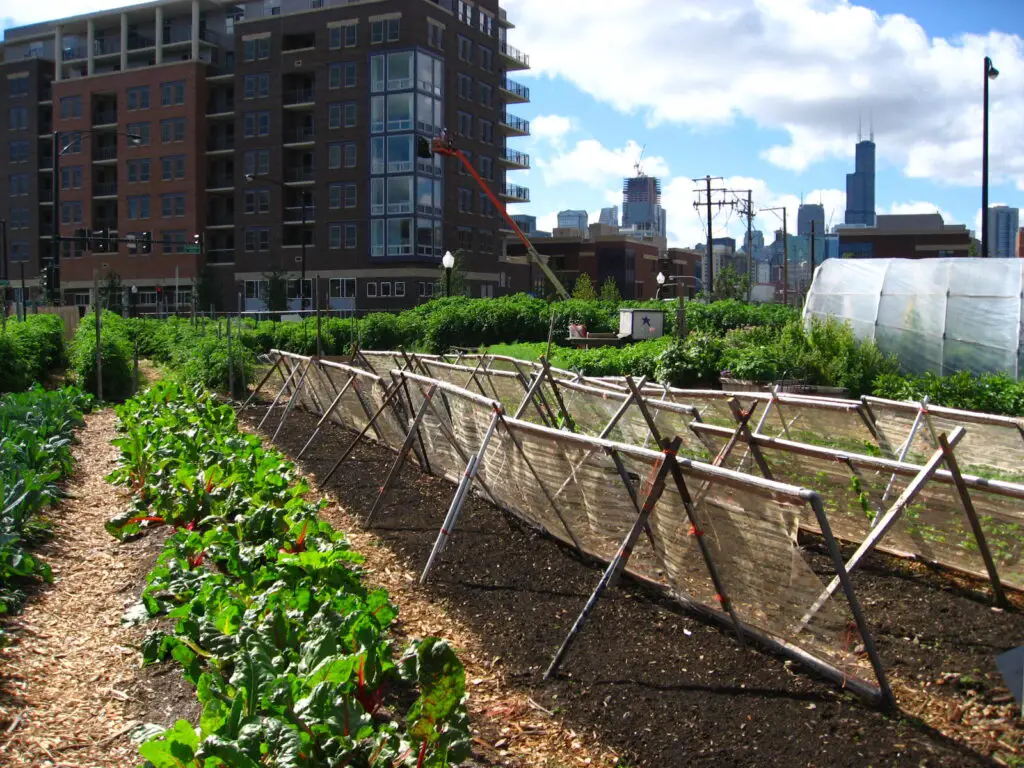
Urban farming initiatives are gaining momentum as neighborhoods look for innovative ways to promote sustainability and local food production. These projects include shared gardens, rooftop greenhouses, and hydroponic systems, all designed to provide fresh produce to urban residents. According to The Washington Post, urban farming not only supplies local food but also helps build stronger, more connected communities. These initiatives encourage collaboration among residents and provide an opportunity for people to grow their own food, reducing reliance on industrial farming.
Urban farming also contributes to biodiversity, creating green spaces in otherwise concrete-heavy environments. These projects can take many forms, from small backyard gardens to large-scale rooftop farms that produce food for entire neighborhoods. By promoting local food production, urban farming helps reduce the environmental impact of transportation and packaging associated with food imports. As more communities embrace urban farming, these initiatives are helping to foster a greater sense of self-sufficiency and environmental stewardship.
